A day in the life of professional landscapes photographer Jim Cossey
What does it take to become a professional landscapes photographer? We join top pro Jim Cossey for a day shooting waterfalls in Wales
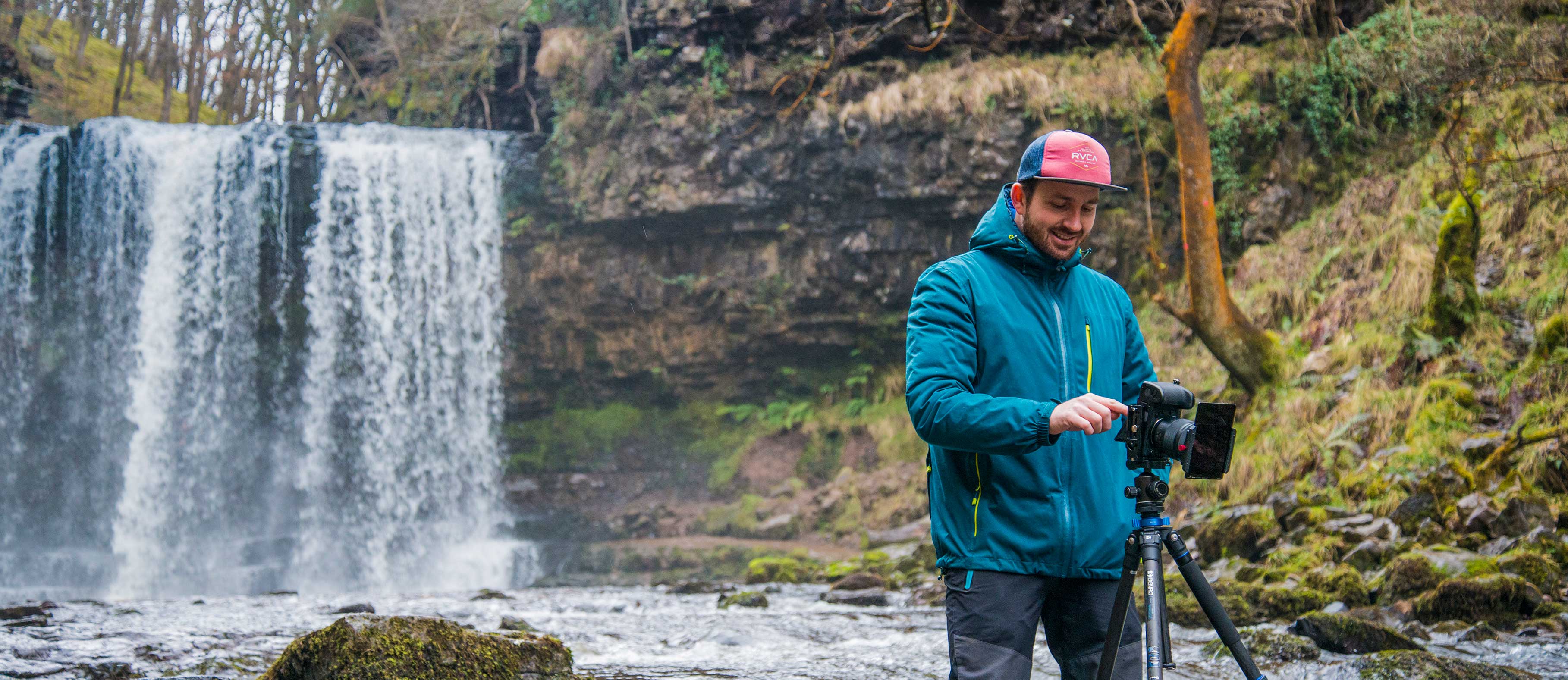
When I meet Jim Cossey at the Gateway to Wales, he is gently cursing the weather that we’ll be driving through to reach the Brecon Beacons Waterfall Centre.
White skies and drizzle might not be the most inspiring conditions for epic landscapes, but it’s reassuring to know that overcast conditions can sometimes prove favourable for landscapes – yielding even highlights, shadows and colours.
Jim recently moved to the Brecon Beacons National Park to reconnect with nature and draw inspiration from his surroundings, without having to travel too far afield on a regular basis.
• More photography tips
• Landscape photography tips and techniques
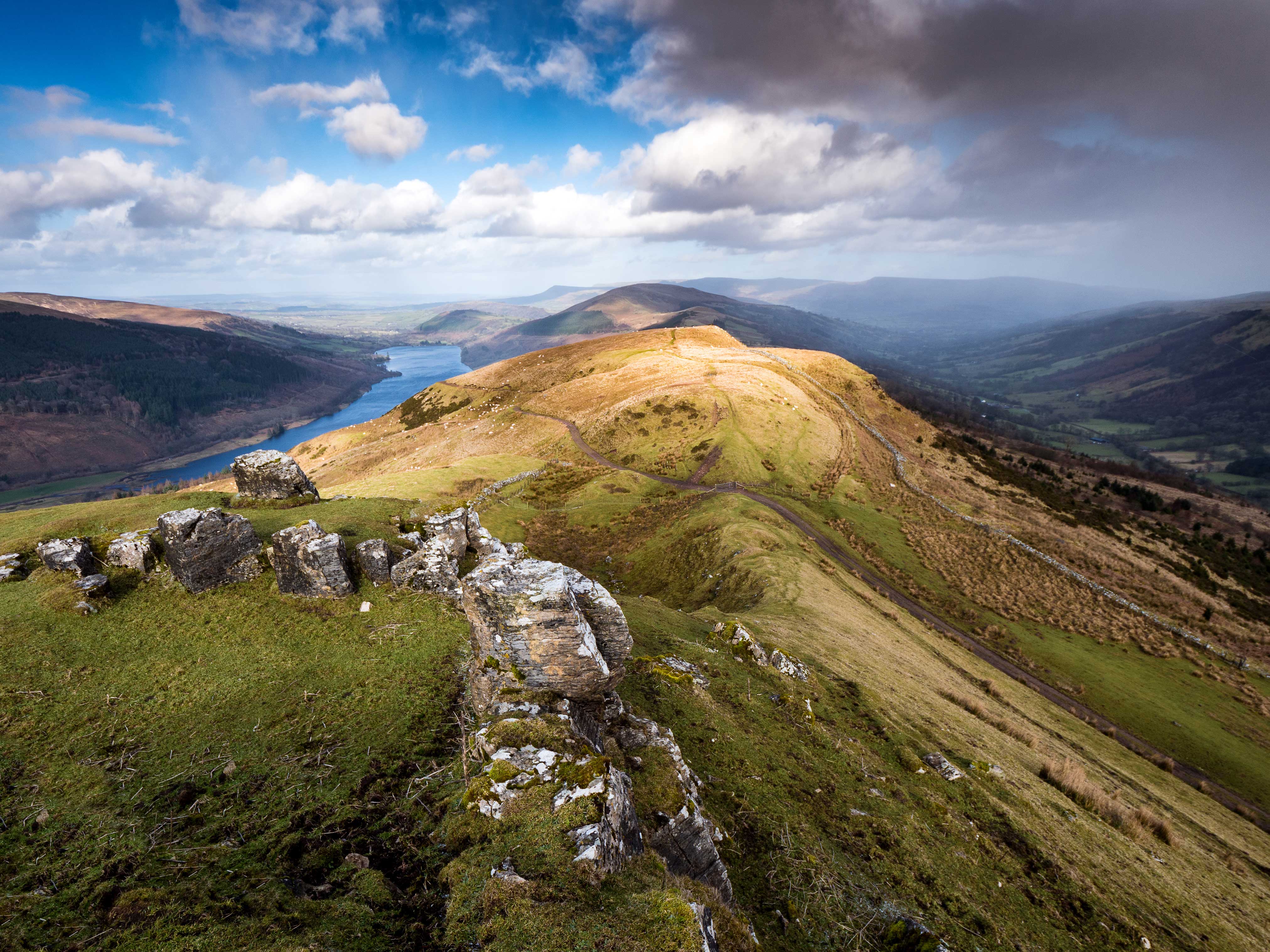
“Nestled into the southern slopes of the Fforest Fawr massif, west of Merthyr Tydfil, Waterfall Country is one of the most beautiful and popular parts of the Brecon Beacons National Park,” says the Beacons’ official tourism website.
The steep, tree-lined gorges and an abundance of tumbling water will be the ideal backdrop for Jim to show me his techniques and tricks, as well as try out a new camera.
Get the Digital Camera World Newsletter
The best camera deals, reviews, product advice, and unmissable photography news, direct to your inbox!
Jim is a proud Panasonic Lumix Ambassador – and the timing of our shoot is perfect, as he’s just got his hands on a pre-production S-series full-frame model. He usually uses a Panasonic Lumix G9, and loves the lighter load that the system gives him while hiking, wild camping and generally exploring Mother Nature.
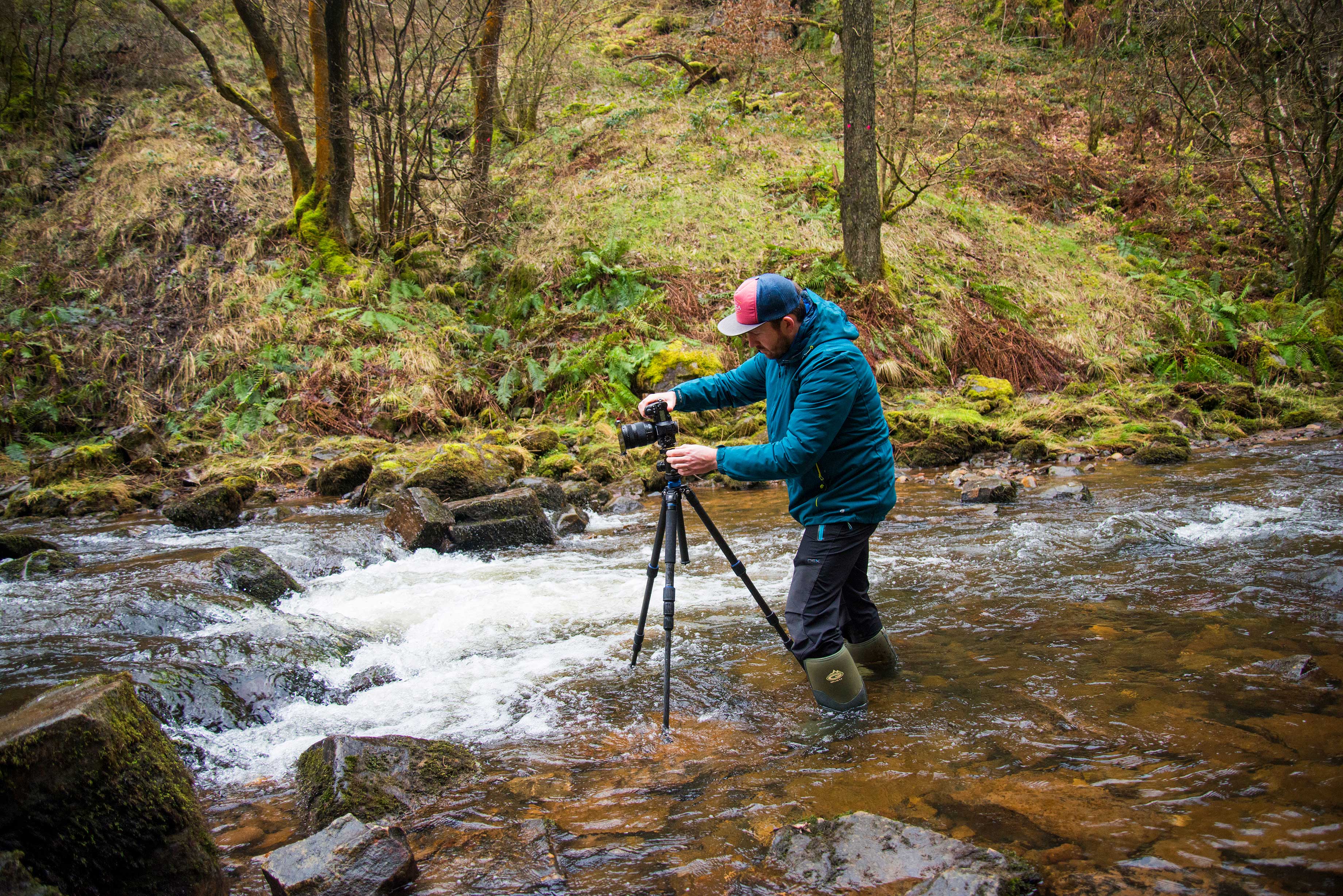
Waterfall Country receives around 160,000 visitors a year, including walkers, outdoor groups, photographers, climbers, cavers and canoeists.
We head to the most famous waterfall first, Sgwd-y-Eira (‘Snow Waterfall’). Jim knows the area well; after a steep walk down to river level, we find a natural path leading right behind a flowing curtain of water. It’s the perfect spot for him to mount the new S1R onto a tripod.
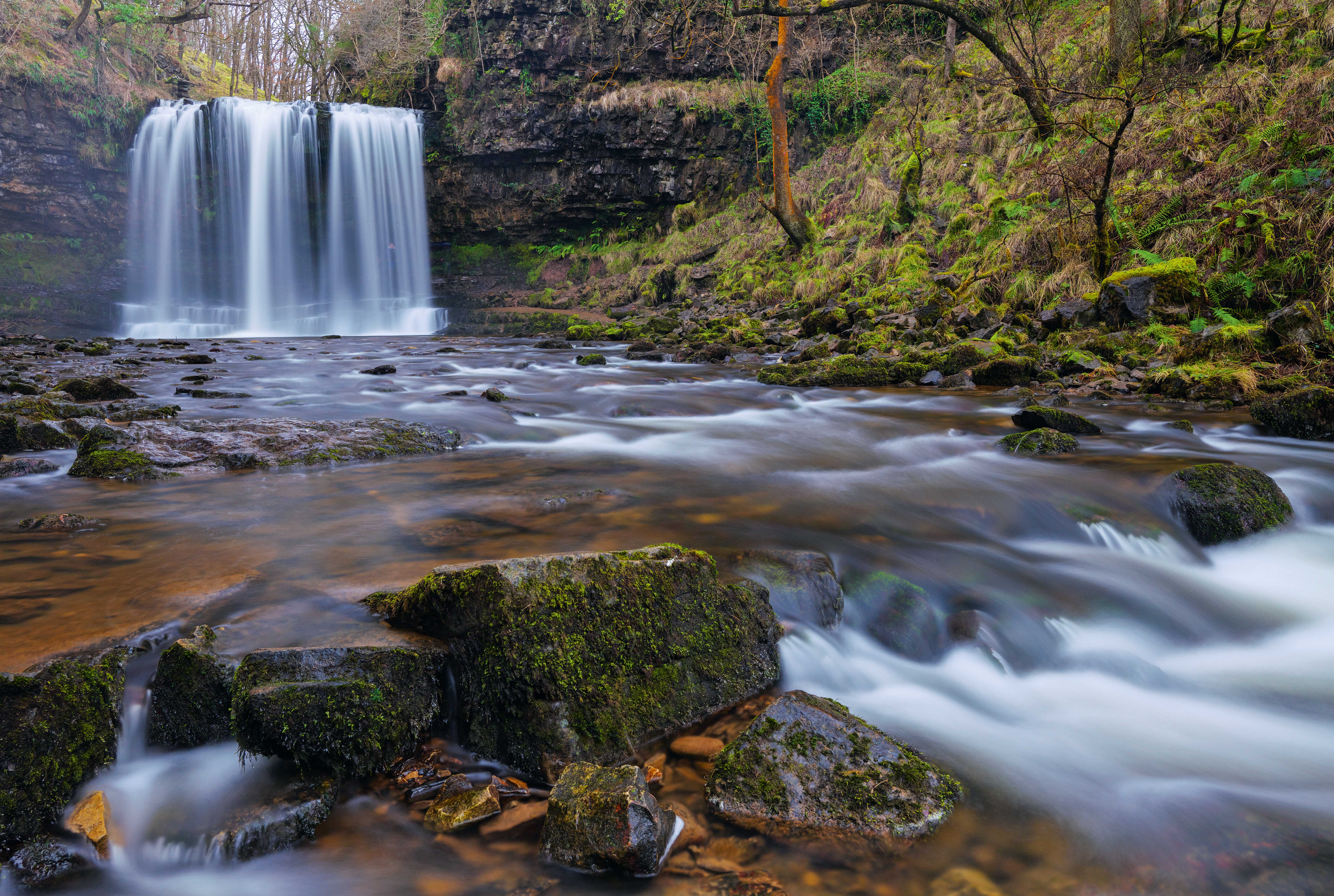
When you’re shooting on uneven ground, it’s always a good to check the stability of the tripod. Jim first makes sure that the tripod legs are fully locked: on a rocky riverbed with fast-flowing water, it can be easy for a leg to slip and send the camera straight into the water.
Not every bit of photography advice involves kit, but for good shots you need to be dressed for your environment. Jim has tall wellies on, enabling him to wade right into the river.
We both need to wear sturdy footwear on paths, too, as the walking trails can be steep and slippery underfoot. It’s easy to get lost in the moment when you’re taking photos, but we also need to be aware of unguarded steep drops when scouting.
Behind the scenes of a Jim Cossey landscapes shoot
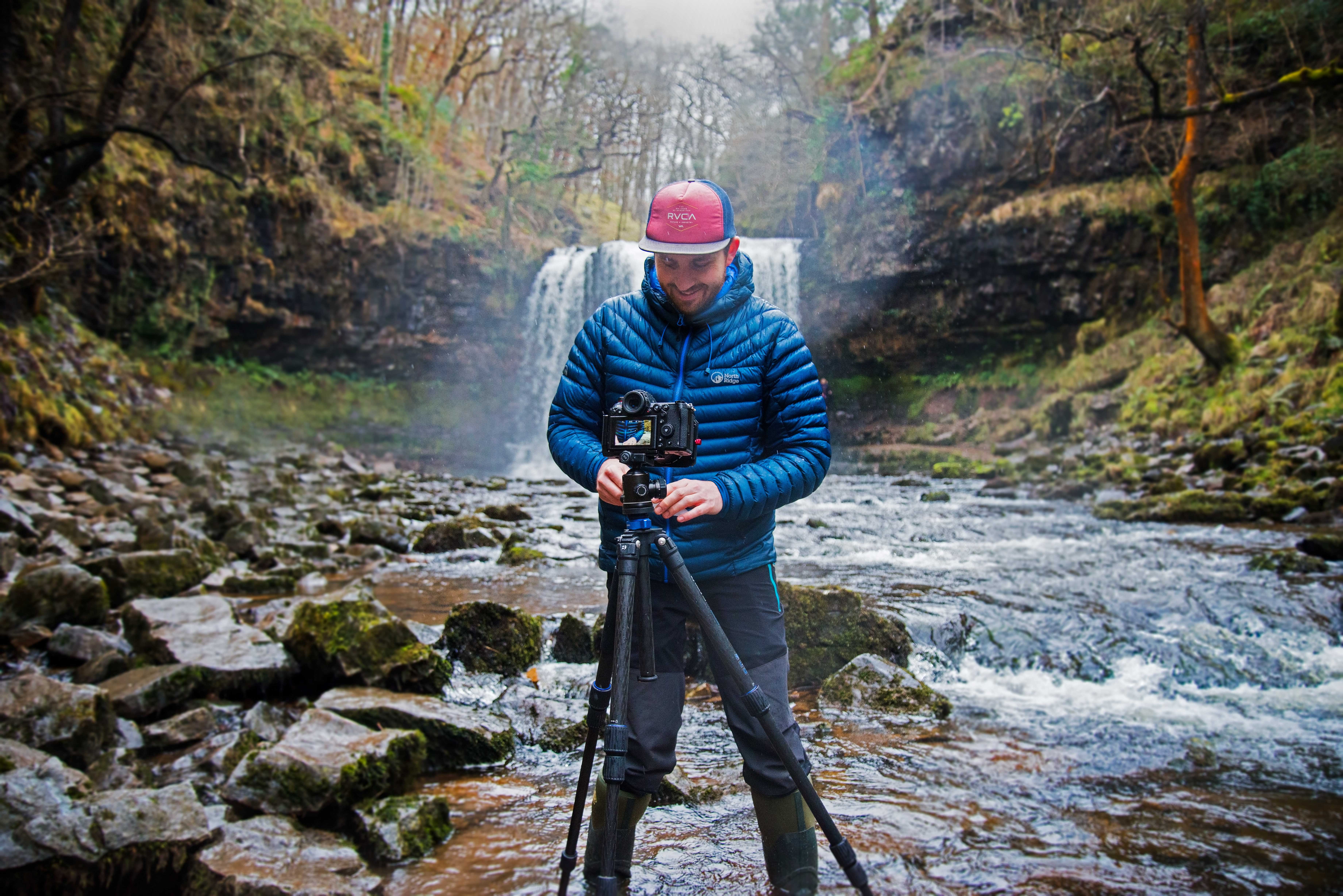
On location in Wales with landscapes photographer Jim Cossey
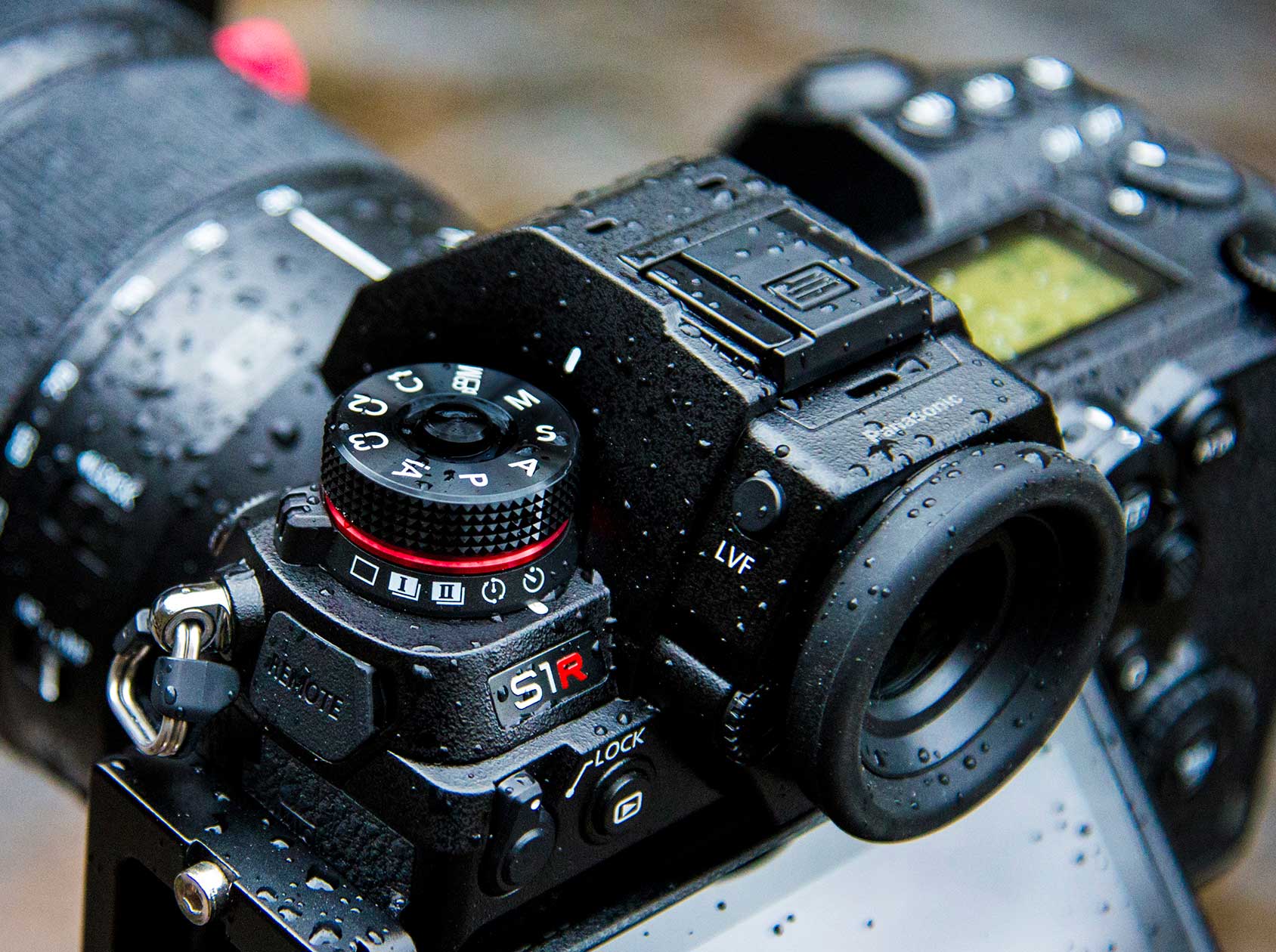
Lumix Ambassador Jim was offered the use of a pre-production S1R for this shoot
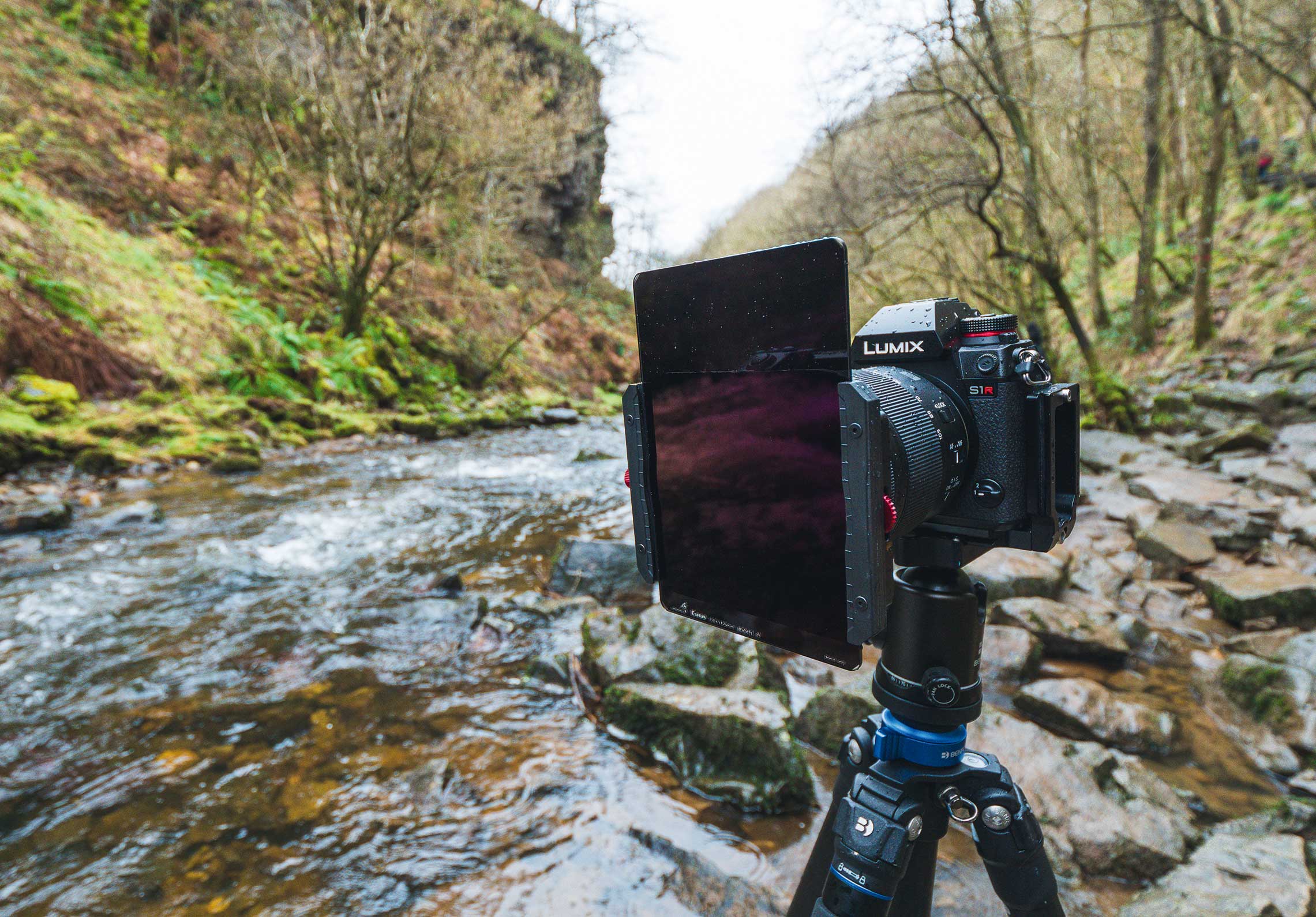
Jim used a six-stop ND filter to reduce the light hitting the sensor so he could capture water in motion with a slow shutter speed
Safety aside, let’s delve into the accessories Jim is using for the waterfall shots. He mounts a filter setup that includes a six-stop ND filter and a polariser – the latter handily comes on and off at will thanks to a magnetic holder.
Down in the tree-lined gorge, in front of the majestic falls, mist and spray quickly coats the front of these filters. Jim makes sure to wipe them frequently with a lens cloth, which minimises the effect of mist and droplets ruining the sharpness of his photographs.
Although Jim had set up in one spot to begin with, I notice he keeps moving, and tries plenty of compositions downstream, upstream and just generally in stream. With any landscape, careful consideration needs to be given to what you include and leave out of the frame, and where you stand in relation to your subject.
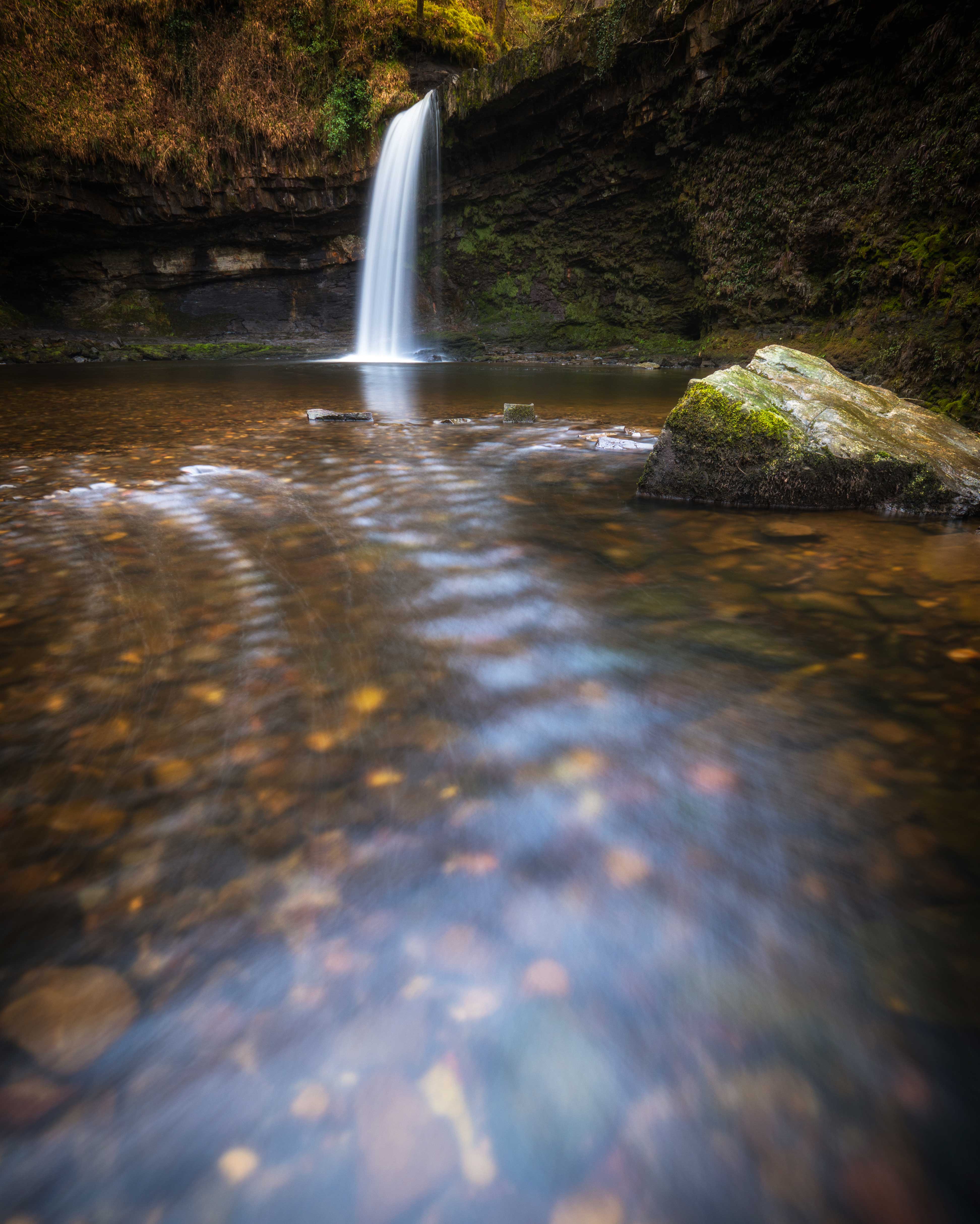
“One of the biggest tips I can give is to take the time to look at the scene in front of you,” Jim says. “Really look for an interesting composition. This could mean just taking a few steps in one direction, or lowering the camera down to the ground a little. The most interesting pictures are made by taking the viewer on a visual journey across the whole image.”
Although it’s a grey day, I am eager to know how Jim shoots in other lighting conditions with the Lumix G-series cameras. “I love capturing sunrises and the golden colourful light that follows,” he says.
“This can be tricky to capture in one image – especially using a cropped-sensor camera – due to the nature of how big the dynamic range is in the scene. I always tend to set up a three-stop bracket exposure: this way I can guarantee that my highlights are not blown and details are retained in the shadows.”
Although the new S1R offers a cracking combination of in-body image stabilisation (IBIS) and lens-based optical stabilisation, as Jim has enjoyed, he still needed to avoid unintentional camera movement during the extended exposures of waterfalls.
Blurry water is a gem, but motion blur is not. Some images were around five seconds in duration, so it was best to fire the shutter with a timer delay to keep scenes sharp.
Looking back, we shot at several waterfalls during our trip in the Beacons, as well as a handful of vistas while driving to and from the area.
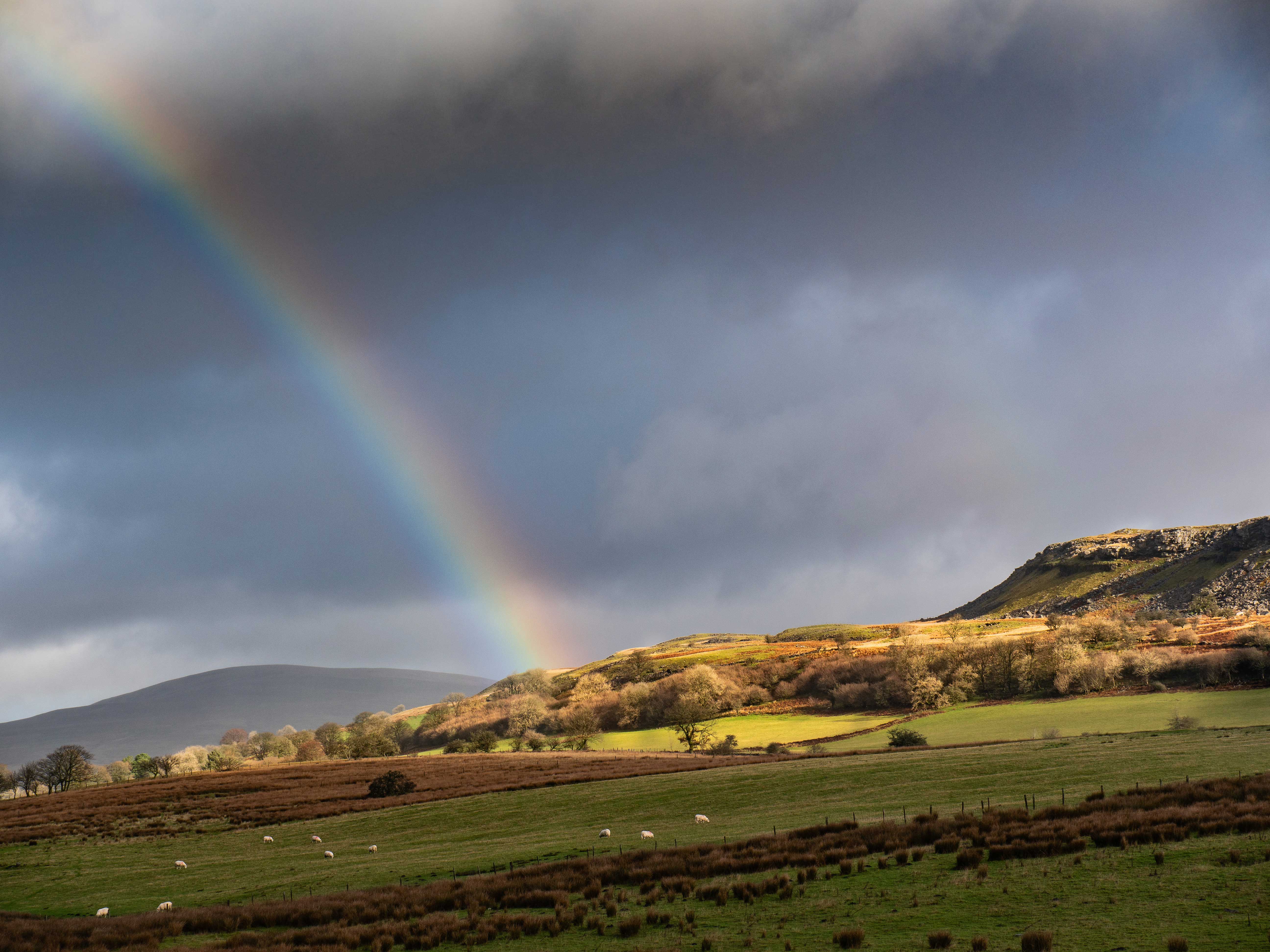
Just as we are leaving Waterfall Country and heading to a local cafe to review the day, a sudden rainbow appears. As Jim hops out to capture it, it is clear to see the affinity he has for his local landscape, and his ability to adapt to fleeting natural moments when they appear.
Jim Cossey’s kit list for shooting landscapes
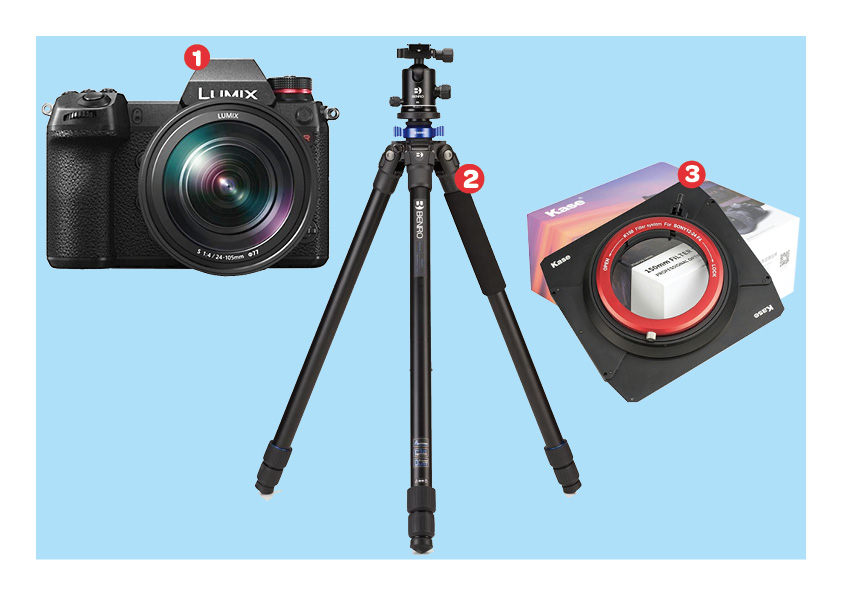
As a Lumix Ambassador, Jim had early access to a pre-production model of this new full-frame mirrorless. With 47.3 megapixels, powerful 4K video capture and a high-res electronic viewfinder, Jim says it’s a high-performer in a small package.
2. Benro Mach3 tripod
Jim’s carbon-fibre model has twist legs, reaches a height of 156cm, and a portable (closed) length of 54cm – great for carrying out on location. While shooting in a rocky riverbed, Jim wiggled the tripod to make sure the legs were done up tightly before letting go of the camera, to make sure it wouldn’t plunge into the water.
3. Kase filter system
The nifty Kase K100-Slim can hold a magnetic circular polarizer for speedy mounting and dismounting. Jim also adds ND filters to reduce the light hitting the sensor and reach long, slow exposures.
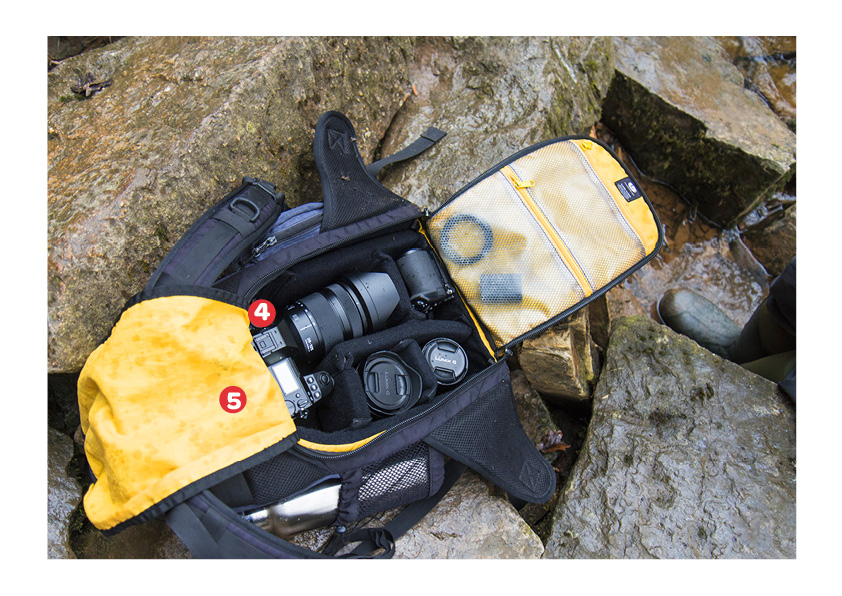
This is Jim’s usual camera, mounted with an 8-18mm lens. The Micro Four Thirds sensor provides extra reach, as the effective focal length for any given lens is double compared to a full-frame camera.
5. Burton backpack.
As well as making backpacks for the general outdoor explorer, Burton also has a range of photo and tech bags. Jim’s padded case has moveable compartments, plus plenty of storage pockets for his filters and batteries.
Technique tips and settings
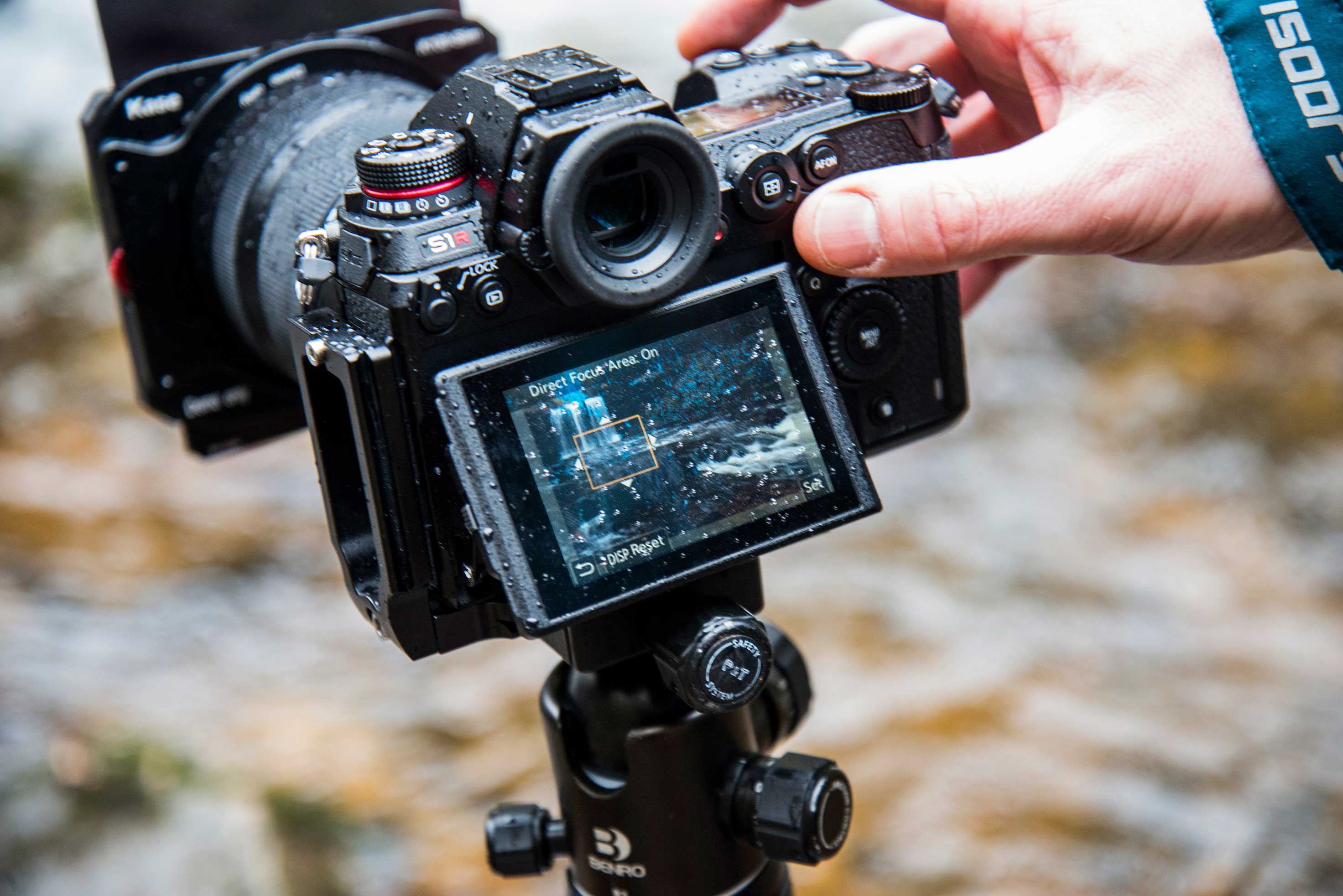
1. Setting the focus. Using the S1R's responsive touchscreen and his lens' autofocus, Jim was able to tap the screen where he wanted to position the focal point. The main waterfall was the sharpest area.
2. Checking levels. It can be easy to overexpose and lose highlight details in water and white clouds. Jim reviewed his shots and checked the histograms (the three colour channels and exposure) for clipped tones.
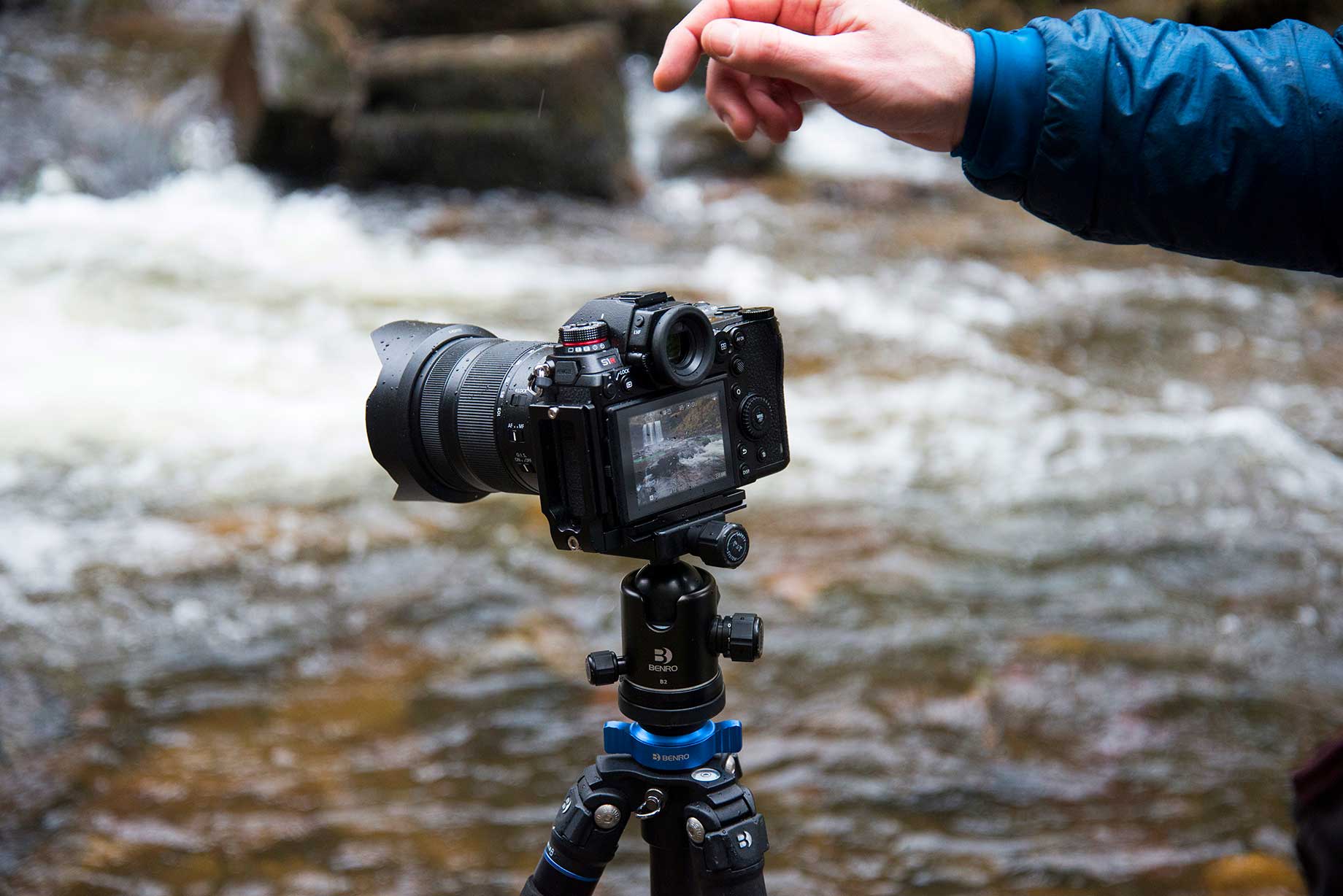
3. Shutter delay. With exposure times of around five seconds, Jim needed to avoid any camera movement during the shots. Even firing the shutter can jog the camera, so to avoid this, Jim set a two-second timer delay.
4. Straight horizons. Some cameras offer a Virtual Horizon feature that can be displayed in Live View mode on the screen as you shoot. Jim turned this feature on, and used it to get a straight, natural frame.
Post processing
Once bracketed shots have been captured, it’s time for Jim to merge them with post-processing software. He always shoots in raw mode to get the best out of the sensor.
“I mostly edit my images in Lightroom, using the Photo Merge HDR tool to blend the bracketed shots together. One of my favourite tools to use is the Graduated Filter, adding more drama to the sky. I’ll also make some final tweaks in DxO’s Nik Collection.”

Read more
See more of Jim Cossey's photography
A day in the life of professional car photographer Amy Shore
A day in the life of professional bird photography Tesni Ward
A day in the life of pro landscape photographer Jeremy Walker
A day in the life of astrophotographer Alyn Wallace

Lauren is a writer, reviewer, and photographer with ten years of experience in the camera industry. She's the former Managing Editor of Digital Camera World, and previously served as Editor of Digital Photographer magazine, Technique editor for PhotoPlus: The Canon Magazine, and Deputy Editor of our sister publication, Digital Camera Magazine. An experienced journalist and freelance photographer, Lauren also has bylines at Tech Radar, Space.com, Canon Europe, PCGamesN, T3, Stuff, and British Airways' in-flight magazine. When she's not testing gear for DCW, she's probably in the kitchen testing yet another new curry recipe or walking in the Cotswolds with her Flat-coated Retriever.
